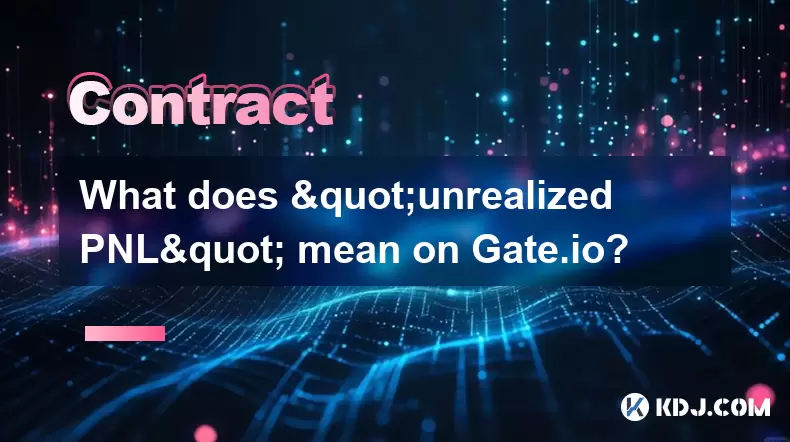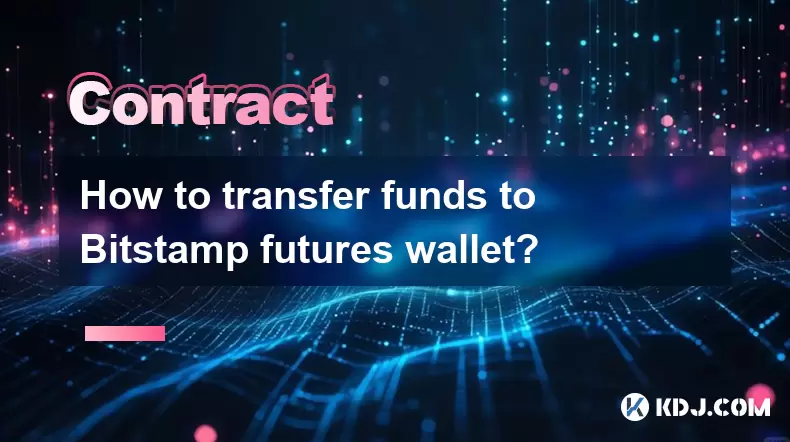-
 Bitcoin
Bitcoin $118900
1.66% -
 Ethereum
Ethereum $3735
1.35% -
 XRP
XRP $3.506
0.71% -
 Tether USDt
Tether USDt $1.000
-0.01% -
 BNB
BNB $799.4
5.78% -
 Solana
Solana $202.0
1.87% -
 USDC
USDC $0.9999
0.00% -
 Dogecoin
Dogecoin $0.2661
1.89% -
 Cardano
Cardano $0.8877
1.59% -
 TRON
TRON $0.3173
2.45% -
 Hyperliquid
Hyperliquid $45.00
2.59% -
 Stellar
Stellar $0.4723
3.40% -
 Sui
Sui $3.970
1.32% -
 Chainlink
Chainlink $19.67
1.94% -
 Hedera
Hedera $0.2710
1.99% -
 Avalanche
Avalanche $25.74
-0.01% -
 Bitcoin Cash
Bitcoin Cash $528.1
1.98% -
 Litecoin
Litecoin $120.1
3.57% -
 Shiba Inu
Shiba Inu $0.00001525
1.26% -
 UNUS SED LEO
UNUS SED LEO $8.989
-0.01% -
 Toncoin
Toncoin $3.304
1.74% -
 Polkadot
Polkadot $4.531
3.38% -
 Uniswap
Uniswap $10.74
2.51% -
 Ethena USDe
Ethena USDe $1.001
0.00% -
 Monero
Monero $325.5
2.44% -
 Pepe
Pepe $0.00001413
1.31% -
 Bitget Token
Bitget Token $4.860
0.85% -
 Dai
Dai $0.9999
0.01% -
 Aave
Aave $307.3
-2.07% -
 Bittensor
Bittensor $448.8
2.91%
What does "unrealized PNL" mean on Gate.io?
Unrealized PNL on Gate.io shows your open trade's potential profit or loss based on current market prices—it updates in real time and affects margin and liquidation risk.
Jul 23, 2025 at 07:49 am

Understanding Unrealized PNL on Gate.io
When trading futures or leveraged positions on Gate.io, you’ll often see the term Unrealized PNL displayed in your position details. This refers to the profit or loss that would occur if you were to close your position at the current market price—it’s “unrealized” because the trade is still open. Unlike realized PNL, which only appears after you close a position, unrealized PNL updates in real time as the market price fluctuates. For traders, especially those using leverage, tracking this metric helps manage risk and decide when to exit a trade.
Unrealized PNL is calculated dynamically based on entry price, current market price, and position size. If the market moves in your favor, this number turns green and grows; if it moves against you, it turns red and increases in negative value. This is critical for margin management—because if your unrealized loss becomes too large relative to your margin, you may face liquidation.
How Unrealized PNL is Calculated
Gate.io uses a straightforward formula to compute unrealized PNL for both long and short positions. The calculation depends on whether you’re holding a long (buy) or short (sell) position:
- For a long position:
Unrealized PNL = Position Size × (Current Market Price - Entry Price) - For a short position:
Unrealized PNL = Position Size × (Entry Price - Current Market Price)
This value updates every time the ticker price changes, so active traders must monitor it closely during volatile markets. Gate.io displays this in your Futures account dashboard under “Positions.” If you’re using isolated margin mode, unrealized PNL directly affects your available margin for that position. In cross-margin mode, it impacts your total account equity.
Where to Find Unrealized PNL on Gate.io
To locate your unrealized PNL on Gate.io:
- Log in to your Gate.io account
- Navigate to the Futures Trading section
- Click on the “Positions” tab
- Each open position will show:
- Entry price
- Current market price
- Position size
- Unrealized PNL (in USDT or the base currency)
- Hover over or click the info icon next to the PNL field for a breakdown
This value appears in real-time, so no manual refresh is needed. If you’re using a mobile app, the same data appears under the same tab—just tap into your open positions to view the PNL field.
Difference Between Unrealized and Realized PNL
It’s essential to distinguish between the two types of PNL:
- Unrealized PNL: Reflects gains or losses on open positions. It changes with market movement and does not affect your wallet balance until the position is closed.
- Realized PNL: Appears only after you close a position. This amount is settled into your futures wallet and becomes part of your available balance.
Confusing these two can lead to incorrect risk assessments. For example, if your unrealized PNL is +$50 but your realized PNL is -$20, it means you’ve made $50 on open trades but have actually lost $20 from closed ones. Gate.io clearly separates these in the “History” and “Positions” tabs.
Impact of Unrealized PNL on Liquidation Risk
Your unrealized PNL directly influences your liquidation price in leveraged trading:
- If your unrealized PNL is negative and your equity (initial margin + unrealized PNL) falls below the maintenance margin, Gate.io will trigger liquidation.
- A sharp drop in unrealized PNL can cause automatic position closure, even if you didn’t manually close it.
- You can view your liquidation price in the same “Positions” tab—it updates based on your current unrealized PNL.
To reduce risk:
- Monitor unrealized PNL closely during high volatility
- Set stop-loss orders to cap potential losses
- Avoid over-leveraging when unrealized PNL is already negative
Gate.io sends real-time alerts via email or app notifications when your position approaches liquidation—this feature relies on your unrealized PNL status.
Frequently Asked Questions
Q: Can unrealized PNL be positive while my account balance decreases?
Yes. If you have multiple positions, one may show positive unrealized PNL while others show large negative values. Gate.io aggregates unrealized PNL per position, but your total equity is the sum across all positions. A single losing trade can outweigh gains elsewhere.
Q: Does unrealized PNL affect my available margin?
Yes—in isolated margin mode, unrealized PNL directly impacts the margin allocated to that position. In cross-margin mode, it affects your total account equity, which determines how much you can open new positions.
Q: Why does my unrealized PNL change even when I’m not trading?
Because it’s based on real-time market prices. Even if you’re inactive, price movements in the underlying asset (like BTC/USDT) will shift your unrealized PNL. Gate.io updates this continuously without manual input.
Q: Is unrealized PNL taxable?
No. Tax authorities typically only recognize realized gains or losses. Since unrealized PNL is not yet settled into your wallet, it doesn’t count as taxable income—only realized PNL does. Consult a tax professional for jurisdiction-specific rules.
Disclaimer:info@kdj.com
The information provided is not trading advice. kdj.com does not assume any responsibility for any investments made based on the information provided in this article. Cryptocurrencies are highly volatile and it is highly recommended that you invest with caution after thorough research!
If you believe that the content used on this website infringes your copyright, please contact us immediately (info@kdj.com) and we will delete it promptly.
- Binance, Leverage, and Perpetual Contracts: A Trader's Deep Dive
- 2025-07-23 16:50:12
- Cardano, Hoskinson, and the ADA Rally: What's Driving the Surge?
- 2025-07-23 17:30:13
- Bitcoin Profit-Taking, Whale Behavior, and Technical Analysis: A July 2025 Snapshot
- 2025-07-23 17:30:13
- Tom Lee's Bold Bitcoin Prediction: $250K by '25 or $3M Long Term?
- 2025-07-23 16:30:12
- VeChain (VET) Price Prediction: Bullish Breakout or Short-Term Skepticism?
- 2025-07-23 16:50:12
- Jackbit Casino: Your Ticket to Crypto Bonuses and Free Spins in 2025
- 2025-07-23 16:30:12
Related knowledge

Why is my Bitstamp futures position being liquidated?
Jul 23,2025 at 11:08am
Understanding Futures Liquidation on BitstampFutures trading on Bitstamp involves borrowing funds to open leveraged positions, which amplifies both po...

Does Bitstamp offer inverse contracts?
Jul 23,2025 at 01:28pm
Understanding Inverse Contracts in Cryptocurrency TradingIn the realm of cryptocurrency derivatives, inverse contracts are a specific type of futures ...

How to find your Bitstamp futures trade history?
Jul 23,2025 at 08:07am
Understanding Bitstamp and Futures Trading AvailabilityAs of the current state of Bitstamp’s service offerings, it is critical to clarify that Bitstam...

Can I use a trailing stop on Bitstamp futures?
Jul 23,2025 at 01:42pm
Understanding Trailing Stops in Cryptocurrency TradingA trailing stop is a dynamic type of stop-loss order that adjusts automatically as the price of ...

How to trade ETH perpetuals on Bitstamp?
Jul 23,2025 at 03:28am
Understanding ETH Perpetual ContractsETH perpetual contracts are derivative products that allow traders to speculate on the price of Ethereum without ...

How to transfer funds to Bitstamp futures wallet?
Jul 23,2025 at 04:14pm
Understanding Bitstamp Futures WalletBefore initiating any transfer, it’s crucial to understand that Bitstamp separates your Spot Wallet from your Fut...

Why is my Bitstamp futures position being liquidated?
Jul 23,2025 at 11:08am
Understanding Futures Liquidation on BitstampFutures trading on Bitstamp involves borrowing funds to open leveraged positions, which amplifies both po...

Does Bitstamp offer inverse contracts?
Jul 23,2025 at 01:28pm
Understanding Inverse Contracts in Cryptocurrency TradingIn the realm of cryptocurrency derivatives, inverse contracts are a specific type of futures ...

How to find your Bitstamp futures trade history?
Jul 23,2025 at 08:07am
Understanding Bitstamp and Futures Trading AvailabilityAs of the current state of Bitstamp’s service offerings, it is critical to clarify that Bitstam...

Can I use a trailing stop on Bitstamp futures?
Jul 23,2025 at 01:42pm
Understanding Trailing Stops in Cryptocurrency TradingA trailing stop is a dynamic type of stop-loss order that adjusts automatically as the price of ...

How to trade ETH perpetuals on Bitstamp?
Jul 23,2025 at 03:28am
Understanding ETH Perpetual ContractsETH perpetual contracts are derivative products that allow traders to speculate on the price of Ethereum without ...

How to transfer funds to Bitstamp futures wallet?
Jul 23,2025 at 04:14pm
Understanding Bitstamp Futures WalletBefore initiating any transfer, it’s crucial to understand that Bitstamp separates your Spot Wallet from your Fut...
See all articles

























































































